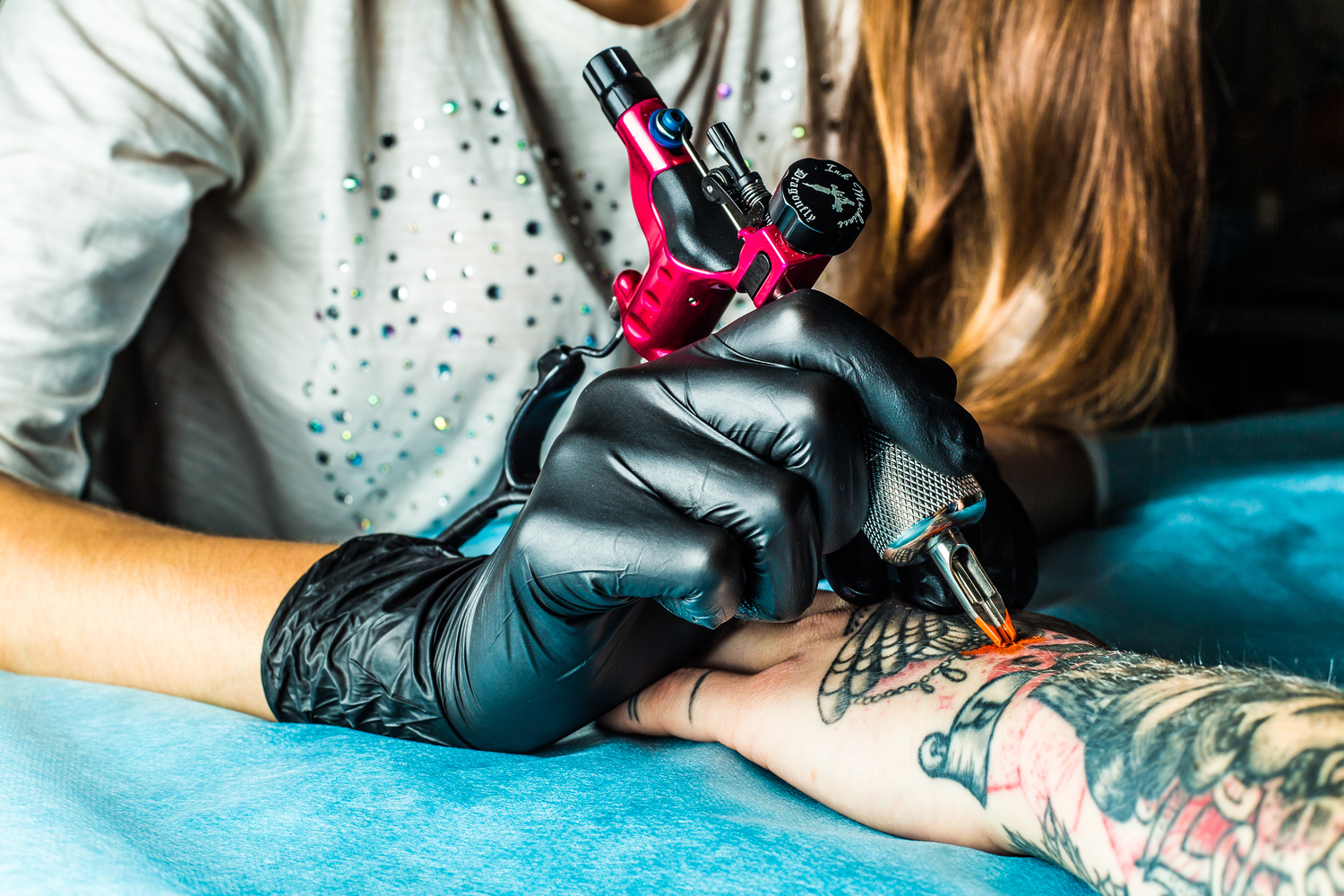
The idea of tattoos discerned by different cultures of the world
The art of tattoo making is not a new phenomenon, but it has gained immense popularity in the last few decades. Different native cultures of various countries have influenced and popularized this art form. In several societies, tattoos were considered to be a representation of societal fame and power. However, in other cultures, they were seen as a path of liberation for a human being. Therefore, the misconception that a tattoo is a symbol of rebels and a new age creation gets nullified. This article sheds light on how different cultures have perceived the art of tattooing.
Maori Tribes
In the Maori culture of New Zealand, the face and the head are the popular body parts to have tattoos engraved on. A person of higher social status could get a tattoo, while the lowborn people were deprived of getting a tattoo made. Furthermore, getting inked was considered to be a prevalent social norm, while the refusal to do so was seen as rebellious.
African tattoos
There are diversified meanings of a tattoo in the African continent. The Northern African countries began to culture this art form under Islamic influence, and the tattoo culture became a gateway to the exploration of the Arabic culture. On the other hand, the tattoo culture in Sub-Sahara Africa had arisen from the concept of scarification of the skin. It was considered that the pain and suffering entailed in this practice would evade the evils from an individual’s life.
Japanese style
The traditional Japanese tattoo style is called Irezumi. However, tattoo artists have differential positions in Japanese society. In the seventeenth century, the government had started the practice of marking criminals with tattoos. Since then, these have been perceived as anti-social activities, which has adversely affected the popularity of Irezumi. The designs of this artwork included symbols such as dragons, Phoenix, snakes, and fishes.
The art of tattooing in the country
The Native Americans had conceived tattoo art as an integral part of their culture and a symbol of power and strength. They preferred inking themselves on the face and the head, although getting a tattoo on other parts of the body was also common.
A contrasting picture of this is upheld by modern American society, wherein inking is considered to be as a sign of rebel and disobedience. However, the new discourse on this art form has evolved in recent years, and the youth have steadily accepted tattoos as a means of expression.
Tattoos in Greenland and Northern Canada
Tattoos used to be popular among the females of the Inuit tribe of Greenland, Alaska, and Northern Canada, which was characterized by an engraving of art forms on the face. Various facial arts represented separate meanings in life. Tattoos were made when a girl had attained the age of marriage, or these could also symbolize the skills that the girl has mastered. However, the government banned these practices with the intention of suppressing the Native culture. In recent times, this tattoo form has reemerged among Arctic women.
It is apparent that tattooing has been an art practiced in different countries for several centuries. Each tattoo culture has had different features and characteristics, and it is fascinating to delve deeper to explore the nuances of the same.



